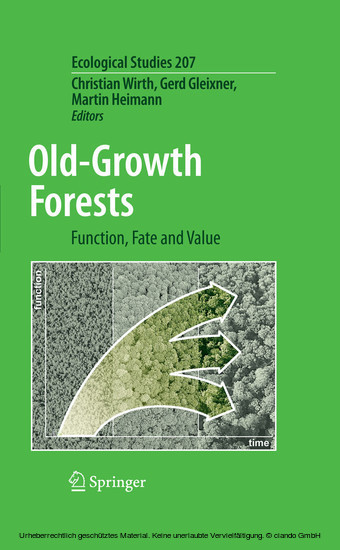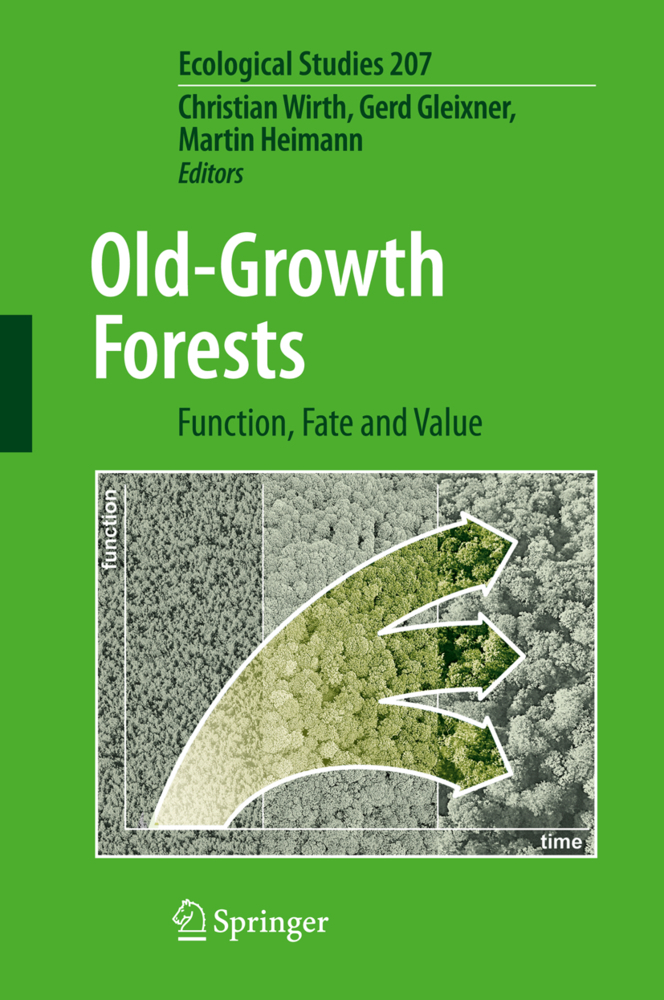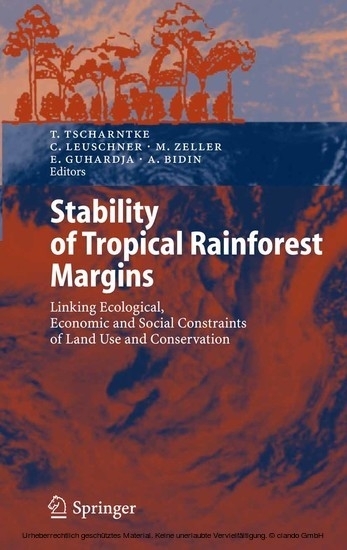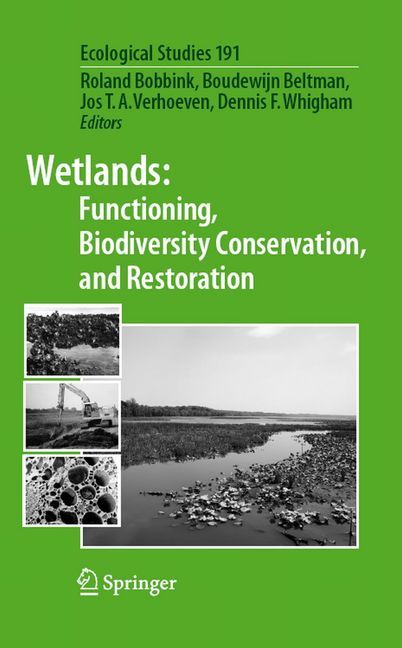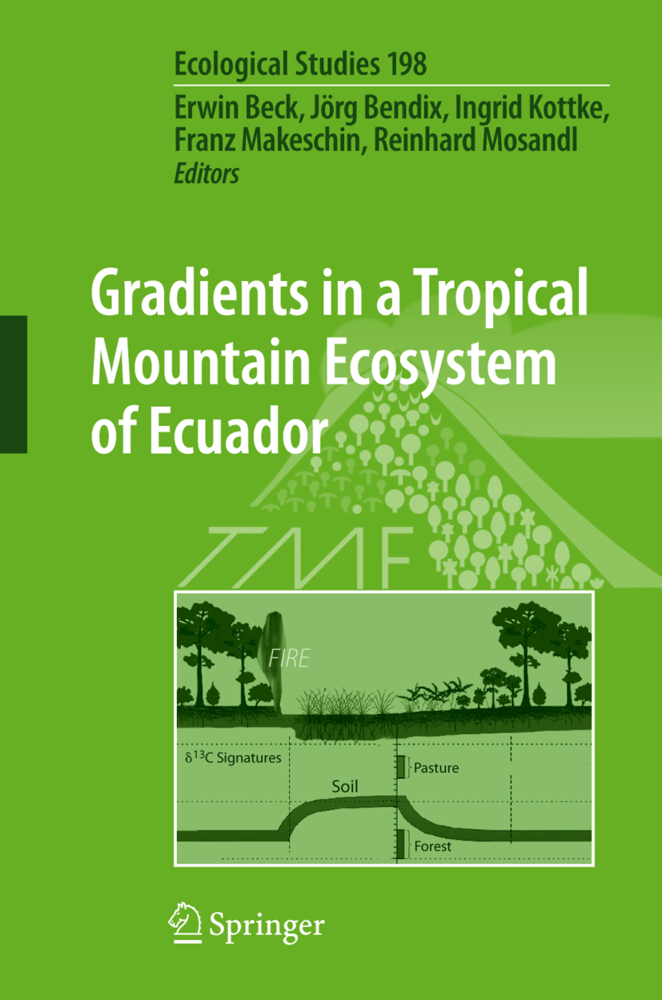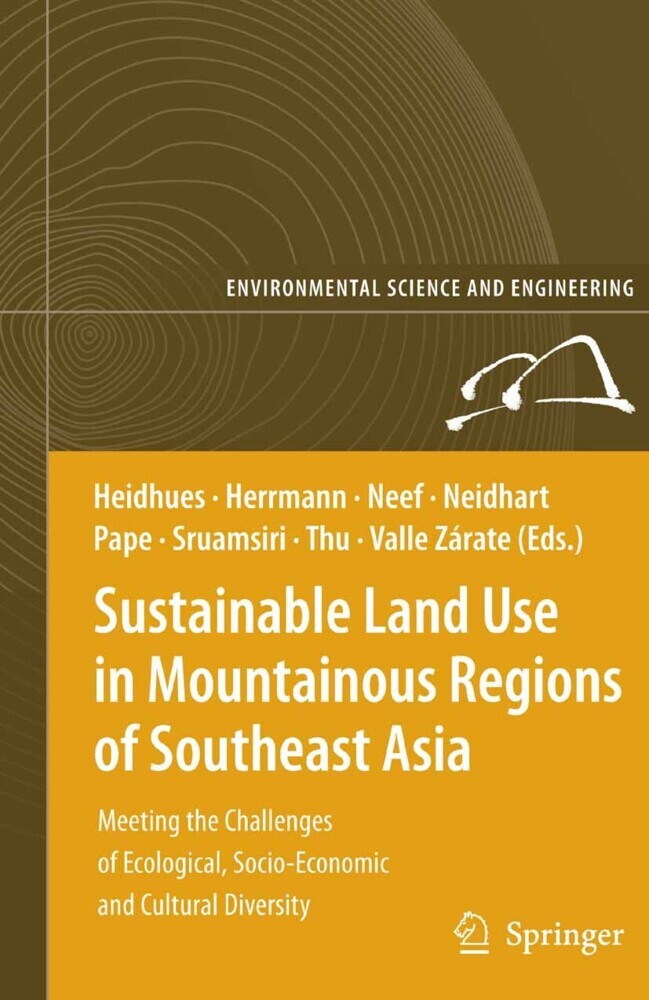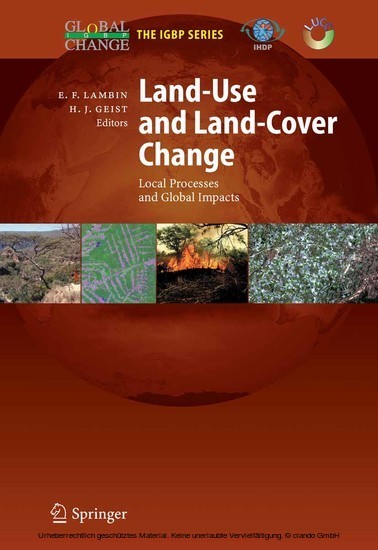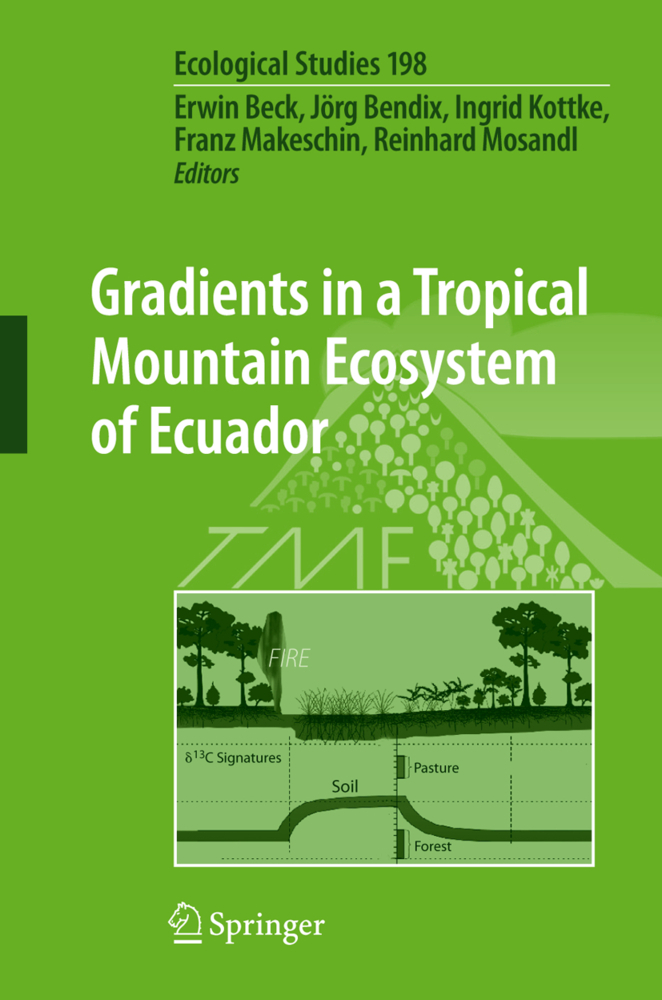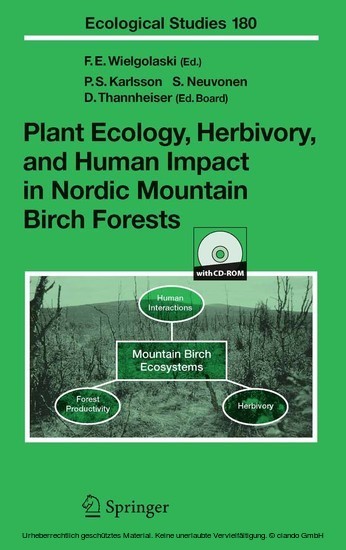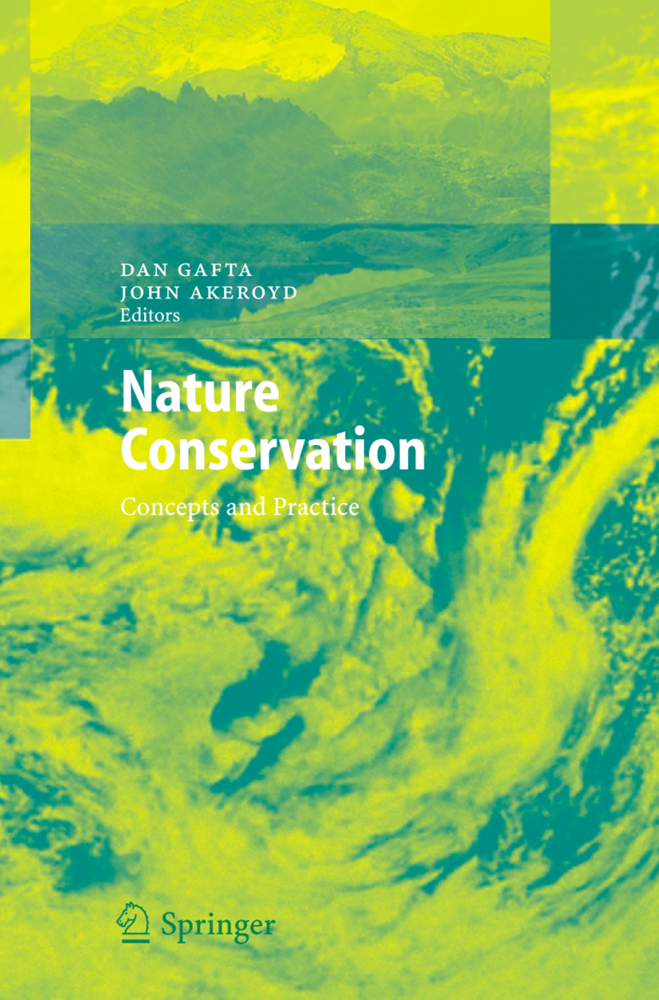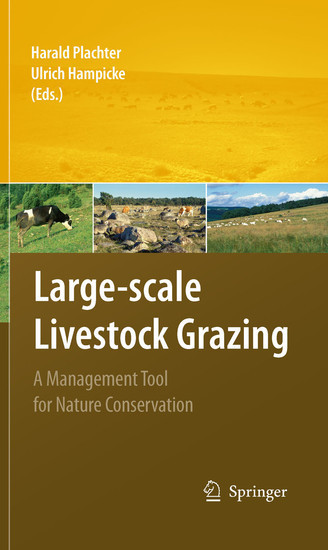Old-Growth Forests
Many terms often used to describe old-growth forests imply that these forests are less vigorous, less productive and less stable than younger forests. But research in the last two decades has yielded results that challenge the view of old-growth forests being in decline. Given the importance of forests in battling climate change and the fact that old-growth forests are shrinking at a rate of 0.5% per year, these new results have come not a moment too soon.
This book is the first ever to focus on the ecosystem functioning of old-growth forests. It is an exhaustive compendium of information that contains original work conducted by the authors. In addition, it is truly global in scope as it studies boreal forests in Canada, temperate old-growth forests in Europe and the Americas, and global tropical forests. Written in part to affect future policy, this eminently readable book is as useful for the scientist and student as it is for the politician and politically-interested layman.
1;Homage to Ernst-Detlef Schulze;72;Preface;93;Contents;114;Contributors;205;Part I Introduction;265.1;Chapter 1 Old-Growth Forests: Function, Fate and Value - an Overview;275.1.1;1.1 Old-Growth Forest Perception;275.1.2;1.2 Old-Growth Forest Services;295.1.3;1.3 Aims and Scope;295.1.4;References;335.2;Chapter 2 Old-Growth Forest Definitions: a Pragmatic View;355.2.1;2.1 Introduction;355.2.2;2.2 Old-Growth Forest Definitions and their Limitations;365.2.3;2.3 Use of the Term ''Old-Growth'' - a Literature Survey;435.2.4;2.4 Old-Growth and the Disturbance Spectrum;485.2.5;2.5 Identifying Old-Growth - the Conservation Perspective;515.2.6;2.6 Conclusions and Pragmatic Considerations;535.2.7;References;555.3;Chapter 3 Old Trees and the Meaning of 'Old';585.3.1;3.1 Introduction;585.3.2;3.2 Longevity of Conifers and Angiosperms;585.3.3;3.3 What Limits the Life Span of a Tree?;625.3.4;3.4 Concluding Remarks;755.3.5;References;766;Part II Aboveground Processes;786.1;Chapter 4 Ecophysiological Characteristics of Mature Trees and Stands - Consequences for Old-Growth Forest Productivity;796.1.1;4.1 Introduction;796.1.2;4.2 Increased Respiratory Demand;796.1.3;4.3 Limitations of Photosynthesis;806.1.4;4.4 Stand-Level Controls;856.1.5;4.5 Community and Ecosystem Constraints on Age/Size-Productivity Relationships;876.1.6;4.6 Conclusions;976.1.7;References;986.2;Chapter 5 The Imprint of Species Turnover on Old-Growth Forest Carbon Balances - Insights From a Trait-Based Model of Forest Dynamics;1026.2.1;5.1 Introduction;1026.2.2;5.2 A Trait-Based Model of Forest Carbon Dynamics;1046.2.3;5.3 The Spectrum of Traits;1106.2.4;5.4 Model Performance and Lessons from the Equilibrium Behaviour;1126.2.5;5.5 The Spectrum of Carbon Trajectories in North American Forests;1156.2.6;5.6 Determinants of Old-Growth Carbon Stock Changes;1176.2.7;5.7 Discussion;1206.2.8;5.8 Conclusions;1306.2.9;References;1316.3;Chapter 6 Functional Relationships Between Old-Growth Forest Canopies, Understorey Light and Vegetation Dynamics;1356.3.1;6.1 Introduction;1356.3.2;6.2 Structural and Compositional Features of Old-Growth;1356.3.3;6.3 Understorey Light Environments and Dynamics;1376.3.4;6.4 Consequences for Understorey Vegetation Composition and Dynamics;1456.3.5;6.5 Acclimatisation of Plant Form and Function to Low Light Availability;1466.3.6;6.6 Resource Allocation and Shade Tolerance;1496.3.7;6.7 Conclusions;1536.3.8;References;1546.4;Chapter 7 Biosphere-Atmosphere Exchange of Old-Growth Forests: Processes and Pattern;1606.4.1;7.1 Introduction;1606.4.2;7.2 Characteristics of Old-Growth Forests Relevant for Biosphere-Atmosphere Exchange;1616.4.3;7.3 Exchange of Carbon Dioxide;1626.4.4;7.4 Exchange of Water and Energy;1686.4.5;7.5 Effect of Diffuse Light;1706.4.6;7.6 Conclusions;1726.4.7;References;1736.5;Chapter 8 Woody Detritus Mass and its Contribution to Carbon Dynamics of Old-Growth Forests: the Temporal Context;1786.5.1;8.1 Introduction;1786.5.2;8.2 Underlying Processes;1796.5.3;8.3 Theoretical Trends;1886.5.4;8.4 Comparison of Theoretical and Observed Temporal Trends;1976.5.5;8.5 Effect of Management;2016.5.6;8.6 Consequences for Net Ecosystem Carbon Balance;2026.5.7;8.7 Reducing Observational Uncertainties;2046.5.8;8.8 Conclusions;2056.5.9;References;2067;Part III Belowground Processes;2107.1;Chapter 9 Aboveground and Belowground Consequences of Long-Term Forest Retrogression in the Timeframe of Millennia and Beyond;2117.1.1;9.1 Introduction;2117.1.2;9.2 Lake Islands in Northern Sweden;2137.1.3;9.3 Retrogressive Successions Elsewhere in the World;2187.1.4;9.4 Conclusions;2237.1.5;References;2247.2;Chapter 10 Rooting Patterns of Old-Growth Forests: is Aboveground Structural and Functional Diversity Mirrored Belowground?;2287.2.1;10.1 Introduction;2287.2.2;10.2 What Comprises Belowground Structural Diversity?;2297.2.3;10.3 Root Gaps and Horizontal Variation in Rooting Density in Old-Grow
Wirth, Christian
Gleixner, Gerd
Heimann, Martin
| ISBN | 9783540927068 |
|---|---|
| Artikelnummer | 9783540927068 |
| Medientyp | E-Book - PDF |
| Auflage | 2. Aufl. |
| Copyrightjahr | 2009 |
| Verlag | Springer-Verlag |
| Umfang | 512 Seiten |
| Sprache | Englisch |
| Kopierschutz | Digitales Wasserzeichen |

